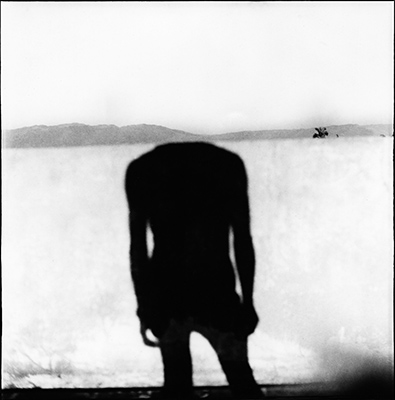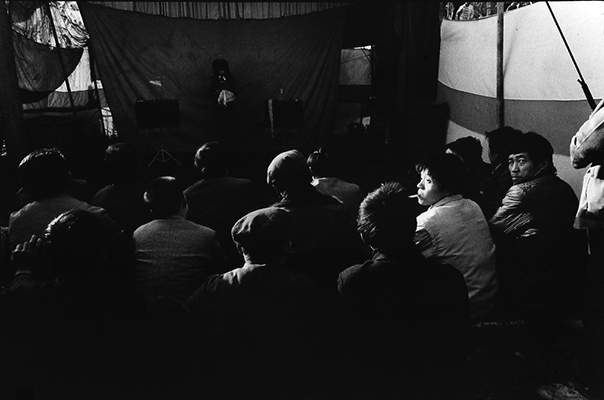As a photographer, writer, filmmaker, and teacher, Chang Chao-Tang has been one of the chief chroniclers of Taiwanese society since the late 1950s. The non-chronological sequence Time of No Shadows—a title alluding to an un-rememberable past and a non-imaginable future—starts with a lesser-known picture from his “Headless” series. The iconic picture “Headless Self-Portrait” depicts the photographer’s figure as a shadow with no head, which is cut off by the wall on which the shadow is cast. The work alludes to a loss of control, to histories of de-culturalization, to a sense of absurdism under totalist power, and to history as subject-less process. Comprising works dating from 1959 to 2004, the sequence Time of No Shadows unfolds as a continuous inversion between spectators and scenes, a continuous striving towards a missing, elusive, or hidden element, exposing an ever-growing gap between signs and their referents. The photographs thus point towards a rupture or even an abyss in reality. In exploring this abyss, the photographs develop a different kind of realism—a realism of experience on the margins of the social order, opening the obtuse meaning which can only ever be remembered through the hidden, implicit contents of gestures exposing themselves, revealing a physical, sedimentary memory of collective expressions. In the sequence we see several images of the human body waiting, gazing in aspiration, or captured in movement, frequently juxtaposed with figures of animals, real or reproduced. It is through these animals, especially apes, that the thin and unstable surface of reality breaks open and overflows with repressed or un-rememberable history and an excess of signs and meanings, only to be hidden under veils or behind walls in the next picture. The frequent images of fortune-tellers and their diagrams of human faces or hands through which they “read” future and destiny are iconic of this relationship between the visible and invisible. These images are not historical images in the sense that they document a past; rather, what they capture is a scenography of an historical experience.
Chang Chao-Tang, born 1943 in Taiwan, lives and works in Taipei


